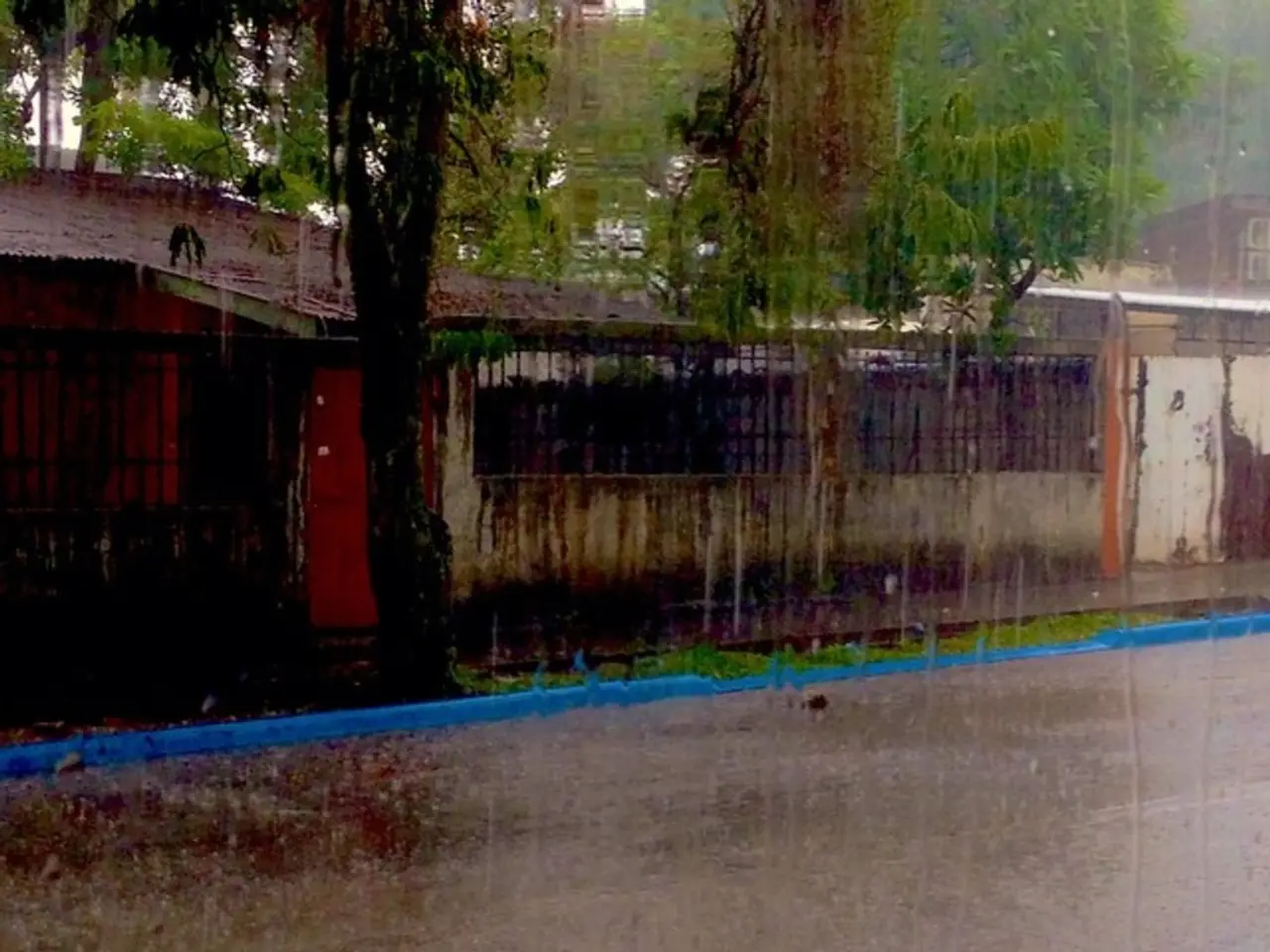Heavy rain causes disruption in Himachal Pradesh, leading to the closure of 617 roads and the suspension of a pilgrimage.
Heavy Rains Cause Chaos in Himachal Pradesh
Heavy rains have caused widespread disruptions in Himachal Pradesh, leading to the closure of around 362 to 400 roads across the state due to landslides, flash floods, and cloudbursts.
The Mandi district has been particularly affected, with approximately 220–240 roads closed. The Kullu district is not far behind, with around 90–100 roads closed, including the national highway NH-305 near Jahed and Banjar, which has been blocked by landslides. Other districts like Kangra, Shimla, Sirmaur, Chamba, Solan, Bilaspur, and Una also report multiple road blockages and utility outages.
The State Emergency Operation Centre (SEOC) and State Disaster Management Authority (SDMA) have confirmed these extensive closures and disruptions to transport and essential services. Restoration efforts are ongoing, but they are hampered by continued heavy rainfall.
Traffic conditions are severely impacted, with many routes impassable to vehicles. Alternative routes and temporary repairs are being used wherever possible. However, the ongoing rains have led to significant traffic jams, causing difficulties for commuters.
The Indian Meteorological Department (IMD) has issued a yellow warning for heavy rain with thunderstorms and lightning on Sunday, August 10, and an orange alert for heavy to very heavy rains from Monday through Thursday. This indicates that the situation may worsen in the coming days.
Rain-related incidents have caused significant casualties and damage. Over 112 deaths related to rain disasters and 37 people missing have been reported. Extensive damage to power infrastructure (over 700 transformers) and water supply schemes (178 affected) has been reported. The total estimated monsoon losses are around Rs 1,988 crore.
The Kinnaur district administration has suspended the pilgrimage to Kinnaur Kailash until further notice. Similar closures were announced for Karsog and Sundernagar in Mandi district, Nirmand in Kullu district, and some subdivisions in Solan. A total of 1,738 houses and 265 water supply schemes have been disrupted due to the landslides.
Shimla recorded 64.4 mm and Dharamshala saw 64 mm of rain, reported PTI. The Shimla-Kalka National Highway, which was blocked at Chakki Mor in Solan district, has been reopened for traffic. However, closed routes on national highways include the Chandigarh-Manali, Old Hindustan-Tibet Road, Mandi-Dharampur, and Aut-Sainj road, all blocked by landslides.
The Shimla Jal Prabandhan Nigam Limited has cautioned residents about potential water supply disruptions for the next two to three days due to high turbidity at the water source. Schools, colleges, and anganwadis have been ordered closed in the Shimla district subdivisions of Sunni, Kumarsein, Chopal, Dodra Kwar, Jubbal, Theog, and Rampur.
The closures of roads have resulted in the shutdown of educational institutions in several parts of the state. The pilgrims already on the route have been moved to safety at Milling Khata and Gufa. The state has suffered financial losses totaling Rs 1,852 crore ever since the monsoon began on June 20.
In summary, Himachal Pradesh is experiencing widespread road closures and difficult traffic conditions due to continuing heavy rains and landslides, with warnings of further severe weather ahead. Travelers are advised to avoid non-essential travel and monitor official updates closely.
- The heavy rains causing chaos in Himachal Pradesh are not only impacting the transportation and essential services but also affecting the environment, with numerous landslides, flash floods, and cloudbursts.
- The ongoing weather disruptions in Himachal Pradesh are having a widespread effect, including disruptions to educational institutions due to road closures, and potential water supply disruptions due to high turbidity at the water source.
- As the situation worsens due to heavy to very heavy rains predicted until Thursday, the importance of understanding climate-change and environmental-science becomes increasingly apparent, with science playing a crucial role in determining the best ways to adapt and mitigate the impact of extreme weather events.








